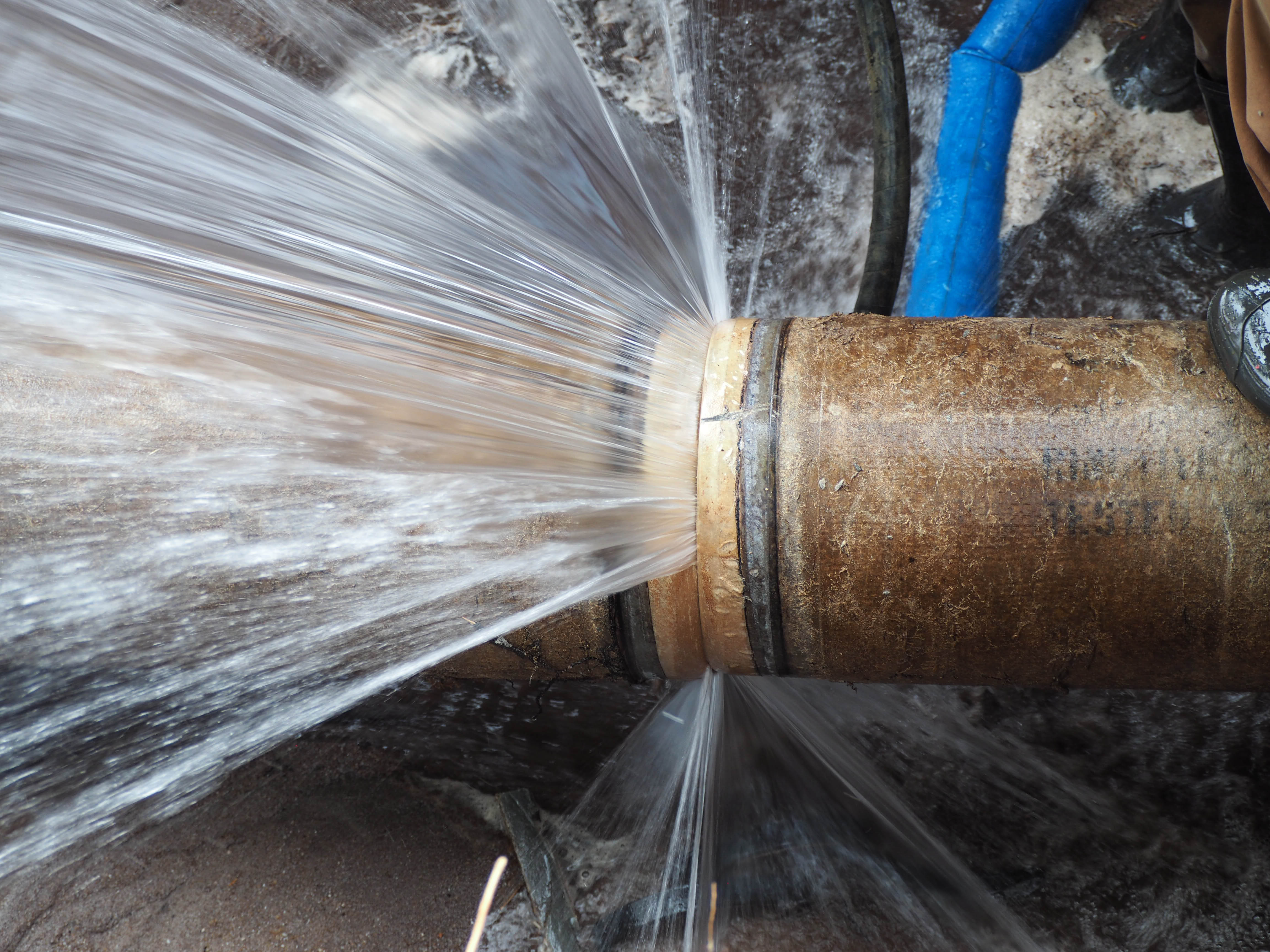Essential Advice to Avoid Frozen Pipes in Winter
Essential Advice to Avoid Frozen Pipes in Winter
Blog Article
Any individual maintains their own unique conception on the subject of How to prepare your home plumbing for winter weather.

Winter can wreak havoc on your pipes, specifically by freezing pipes. Below's just how to prevent it from happening and what to do if it does.
Introduction
As temperatures decline, the danger of icy pipelines rises, possibly causing costly repair services and water damage. Recognizing exactly how to prevent icy pipes is crucial for property owners in cool climates.
Understanding Frozen Pipelines
What creates pipelines to freeze?
Pipelines freeze when exposed to temperatures below 32 ° F (0 ° C) for prolonged periods. As water inside the pipes freezes, it broadens, taxing the pipeline walls and potentially creating them to burst.
Risks and damages
Icy pipelines can cause water disruptions, residential or commercial property damages, and pricey repair services. Burst pipelines can flooding homes and cause comprehensive structural damages.
Signs of Frozen Pipes
Identifying frozen pipes early can avoid them from breaking.
Exactly how to recognize frozen pipelines
Search for lowered water flow from taps, uncommon odors or sounds from pipes, and noticeable frost on revealed pipes.
Avoidance Tips
Shielding prone pipes
Cover pipes in insulation sleeves or make use of warm tape to protect them from freezing temperature levels. Concentrate on pipes in unheated or outside areas of the home.
Heating strategies
Keep interior rooms properly heated, especially areas with pipes. Open closet doors to permit cozy air to distribute around pipes under sinks.
Securing Exterior Pipes
Garden tubes and exterior taps
Separate and drain garden hose pipes prior to winter. Set up frost-proof spigots or cover outside taps with shielded caps.
What to Do If Your Pipelines Freeze
Immediate activities to take
If you presume frozen pipes, maintain taps open to ease stress as the ice thaws. Make use of a hairdryer or towels soaked in hot water to thaw pipelines gradually.
Long-Term Solutions
Architectural adjustments
Think about rerouting pipes far from exterior wall surfaces or unheated locations. Add extra insulation to attics, cellars, and crawl spaces.
Updating insulation
Invest in high-quality insulation for pipelines, attics, and wall surfaces. Correct insulation aids preserve consistent temperature levels and decreases the risk of icy pipes.
Final thought
Protecting against frozen pipelines requires positive measures and fast reactions. By comprehending the causes, signs, and safety nets, home owners can secure their plumbing during winter.
5 Ways to Prevent Frozen Pipes
Drain Outdoor Faucets and Disconnect Hoses
First, close the shut-off valve that controls the flow of water in the pipe to your outdoor faucet. Then, head outside to disconnect and drain your hose and open the outdoor faucet to allow the water to completely drain out of the line. Turn off the faucet when done. Finally, head back to the shut-off valve and drain the remaining water inside the pipe into a bucket or container. Additionally, if you have a home irrigation system, you should consider hiring an expert to clear the system of water each year.
Insulate Pipes
One of the best and most cost-effective methods for preventing frozen water pipes is to wrap your pipes with insulation. This is especially important for areas in your home that aren’t exposed to heat, such as an attic. We suggest using foam sleeves, which can typically be found at your local hardware store.
Keep Heat Running at 65
Your pipes are located inside your walls, and the temperature there is much colder than the rest of the house. To prevent your pipes from freezing, The Insurance Information Institute suggests that you keep your home heated to at least 65 degrees, even when traveling. You may want to invest in smart devices that can keep an eye on the temperature in your home while you’re away.
Leave Water Dripping
Moving water — even a small trickle — can prevent ice from forming inside your pipes. When freezing temps are imminent, start a drip of water from all faucets that serve exposed pipes. Leaving a few faucets running will also help relieve pressure inside the pipes and help prevent a rupture if the water inside freezes.
Open Cupboard Doors
Warm your kitchen and bathroom pipes by opening cupboards and vanities. You should also leave your interior doors ajar to help warm air circulate evenly throughout your home.

I hope you enjoyed reading our piece on How to prepare your home plumbing for winter weather. Thanks a lot for taking time to read through our blog post. Do you know about someone else who is inquisitive about the topic? Take a moment to share it. Many thanks for your time. Please come visit our blog back soon.
Contact Us Today Report this page